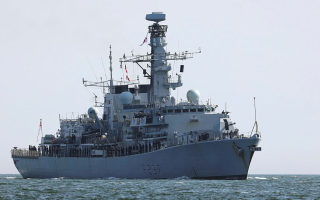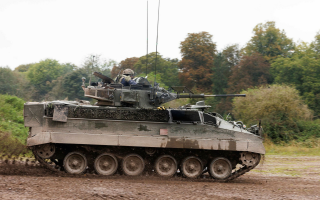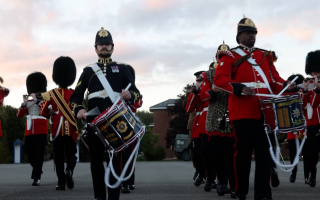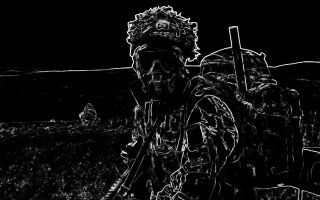Army
Preparing For High Readiness In Germany
With 2017 fast approaching, preparations for NATO's rapid reaction force are coming to an end.
The alliance's plan is to set up four battle groups with a total of 4,000 troops, backed up by a 40,000-strong rapid-reaction force.
Forces TV has been to the Sennelager Ranges in Germany, where Britain's 20th Armoured Infantry Brigade has been preparing itself.

They've been taking part in Exercise Noble Ledger, which has focused on the Task Force Headquarters and its ability to command and control a complex alliance operation.
It's something that the VJTF (Very High Readiness Joint Task Force) is likely to face as part of their readiness year.
The headquarters comprises more than 250 personnel, who have been given a complex scenario from the Allied Rapid Reaction Corps, or ARRC. They then use a strategic set of questions to determine their next move.

Soldiers and officers have been dedicated in their preparations, sleeping out in arduous temperatures, hitting as low as -12 overnight.
Exercise personnel have been drawn from 14 NATO member nations, and with this being one of the last multinational exercises, many of the language and operating differences have been worked out and understood.
The ARRC will also be at readiness next year - as the enhanced NATO response force headquarters - ready to command several battalion and brigade-sized units.
Within hours, the AARC will be ready to deploy from Imjin Barracks in the UK and prepared to lead any number of services and nations from throughout the alliance. They need to remain ready, responsive, and reactive, and so their assessment this week as part of Noble Ledger needs to be sophisticated and intense.
20th Armoured Infantry Brigade will take the lead in VJTF, beginning in January. It will be a multinational brigade of 5,000 troops, with five manoeuvre battalions, and air, maritime and special forces support.
If activated, the force will be available to move immediately following the first warnings and indicators of potential threats, before a crisis begins and to act as a potential deterrent to further escalation.










